1.What is welded steel pipe?
Welded steel pipes, also known as welded pipes, are made by curling and forming steel plates or strips and then welding them together, usually to a fixed length of 6 meters. The production process of welded steel pipes is simple, highly efficient, with many varieties and specifications, and requires less investment in equipment, but their general strength is lower than that of seamless steel pipes. They are widely used in projects such as hydroelectric power stations, municipal drainage pipelines, and drinking water transportation. In specific manufacturing and applications, welded pipes are generally divided into two types according to the welding method: LSAW welded pipes and SSAW welded pipes.
1.1Definition of welded pipe
Welded steel pipe also called welded pipe, is a steel pipe in which the edges of steel plates or strip coils are welded into a cylindrical shape. This production process is simple and efficient, with high production efficiency and relatively low cost. It can produce pipes of different diameters, wall thicknesses and lengths to meet various engineering needs. Welded pipes have the characteristics of high strength, corrosion resistance, and long life, and are widely used in construction, automobiles, furniture and other fields. Common welded pipe materials include carbon steel, stainless steel, alloy steel, etc.
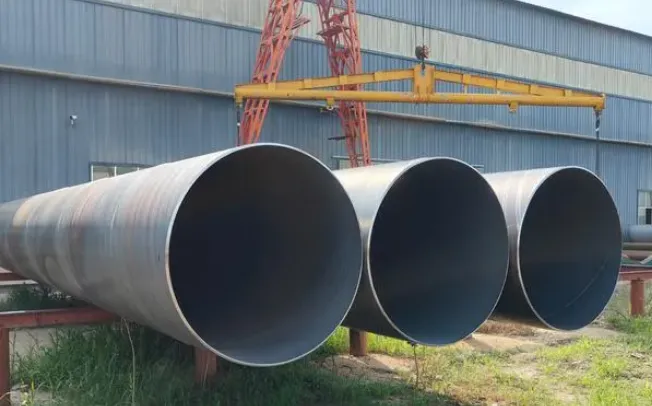
2.What are the types of welded steel pipes?
Since the 1930s, with advancements in strip steel production and welding technology, welded steel pipes have become more varied and higher in quality. They can be classified by welding method, including arc welded, high-frequency or low-frequency resistance welded, gas welded, furnace welded, and Bondi pipes. They can also be classified by weld shape into straight seam welded pipes (used for smaller diameters) and spiral welded pipes (used for larger diameters). Additionally, they are categorized by purpose, such as general welded pipes for low-pressure fluids, galvanized welded pipes, oxygen-blown welded pipes, and more specialized types like deep well pump pipes and transformer pipes. The specifications are based on nominal diameter and wall thickness, with pipes being either threaded or non-threaded at the ends.
ERW Pipes :Electric Resistance Welded (ERW) pipes are made by welding the edges of a steel sheet using high-frequency current. They are commonly used in construction, oil and gas, and water transport due to their durability and cost-effectiveness.
SAW Pipes:Submerged Arc Welded (SAW) pipes are produced using a submerged arc welding process with a flux-coated electrode. These pipes are ideal for high-strength, high-pressure applications, such as in the oil and gas industry.
LSAW welded pipes: Generally, these are medium-diameter welded pipes with outer diameters ranging from DN15 (1/2 inch) to DN150 (6 inches). The LSAW welding process is simpler than the spiral welding process, has lower welding costs, and is more efficient. However, the weld seam is in the same parallel line, resulting in lower tensile strength. Therefore, straight seam welding is only suitable for producing medium-diameter welded pipes.
SSAW welded pipes: Generally, these are large-diameter welded pipes with outer diameters ranging from DN200 (8 inches) to DN600 (24 inches). The SSAW welding process can use steel plates of the same width to produce welded pipes of different diameters. However, the process is more complicated, and the spiral weld seams are longer than the straight seams for the same length of welded pipe, resulting in higher production costs and lower productivity. Therefore, spiral welding is commonly used for producing large-diameter welded pipes. Additionally, the spiral weld seam has higher tensile strength, ensuring the bearing capacity of large-diameter welded pipes.
3.Theoretical calculation method of welded pipe weight
The theoretical calculation method of welded pipe weight has a formula to follow; the theoretical weight of steel pipe per meter (steel density is 7.85kg/dm3) calculation formula: W=0.02466 (D-S)/S; where: W represents the theoretical weight of steel pipe per meter, unit: kg/m; D represents the nominal outer diameter of the steel pipe, unit: mm; S represents the nominal wall thickness of the steel pipe, unit: mm.
Welded steel pipes are widely used in the modern construction industry. However, the quality standards they need to meet vary based on the environment and geographical location where they are used. The standards for welded steel pipes in the construction industry are as follows:
GB/T3091-1993 (Galvanized Welded Steel Pipes for Low-Pressure Fluid Conveyance): Mainly used for conveying water, gas, air, oil, and heating hot water or steam and other general lower-pressure fluids and other purposes. The representative material is Q235A grade steel.
GB/T3092-1993 (Galvanized Welded Steel Pipes for Low-Pressure Fluid Conveyance): Mainly used for conveying water, gas, air, oil, and heating hot water or steam and other general lower-pressure fluids and other purposes. The representative material is Q235A grade steel.
GB/T14291-1992 (Welded Steel Pipes for Mine Fluid Conveyance): Mainly used for mine compressed air, drainage, and shaft gas drainage using straight seam welded steel pipes. The representative materials are Q235A and B grade steel.
GB/T14980-1994 (Large Diameter Electric Welded Steel Pipes for Low-Pressure Fluid Conveyance): Mainly used for conveying water, sewage, gas, air, heating steam, and other low-pressure fluids and other purposes. The representative material is Q235A grade steel.
GB/T12770-1991 (Stainless Steel Welded Pipes for Mechanical Structures): Mainly used for machinery, automobiles, bicycles, furniture, hotel and restaurant decoration, and other mechanical parts and structural components. The representative materials are 0Cr13, 1Cr17, 00Cr19Ni11, 1Cr18Ni9, 0Cr18Ni11Nb, etc.
GB/T12771-1991 (Stainless Steel Welded Pipes for Fluid Conveyance): Mainly used for conveying low-pressure corrosive media. The representative materials are 0Cr13, 0Cr19Ni9, 00Cr19Ni11, 00Cr17, 0Cr18Ni11Nb, 0017Cr17Ni14Mo2, etc.
4.Manufacturing Standards for Welded Steel Pipes
Welded steel pipes must meet specific standards to ensure their quality, durability, and safety in various applications. Some of the most recognized manufacturing standards include:
API 5L: This standard applies to welded steel pipes used in the oil and gas industry. It ensures that the pipes can withstand high-pressure environments and harsh conditions.
ASTM A53: A widely used standard for welded steel pipes, ASTM A53 covers pipes for use in mechanical and pressure applications. It is commonly applied in plumbing and heating systems.
ISO 3183: This international standard specifies the requirements for welded steel pipes used in the oil and gas industry, focusing on material strength and corrosion resistance.
DIN 2458: This European standard applies to welded pipes used in industrial and construction applications, ensuring their compliance with safety and performance criteria.
5.Welded steel pipes are used in various industries
Oil and Gas: Transport crude oil, natural gas, and petroleum products.
Water Supply: Transport drinking water, sewage, and stormwater.
Construction: Used in frameworks and supports.
Automotive: Applied in exhaust systems, fuel lines, and hydraulics.
Power Generation: Transport steam, gas, and fluids in power plants.
6.Advantages of welded steel pipes
6.1 High production efficiency: The production process of welded pipes is relatively simple, and continuous and automated production can be achieved, greatly improving production efficiency.
6.2Low cost: Since the production process of welded pipes is relatively simple and the material utilization rate is high, the cost is relatively low, which is suitable for large-scale, low-cost application scenarios.
6.3 Diverse specifications: Welded pipes can be produced according to demand with different diameters, wall thicknesses and lengths to meet various engineering needs.
6.4Smooth Surface:They have better surface finish, lowering friction in fluid systems.






 English
English Español
Español بالعربية
بالعربية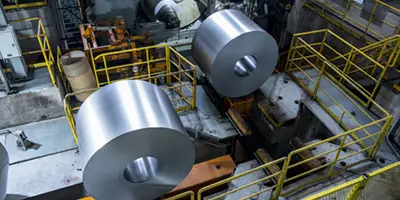

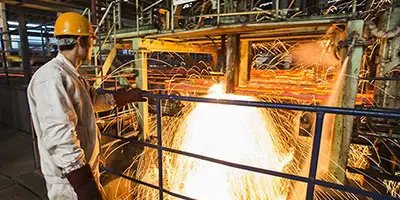
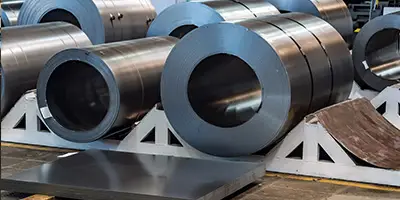

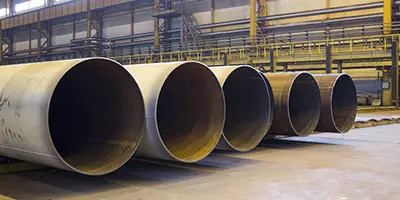
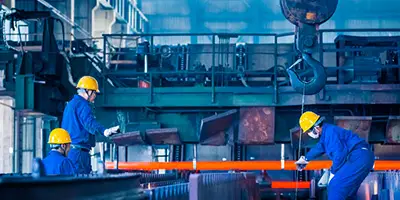
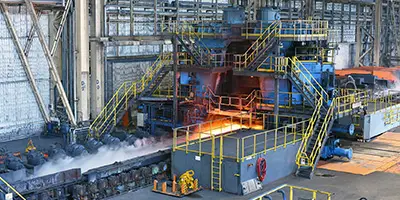
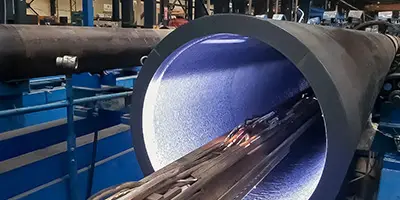
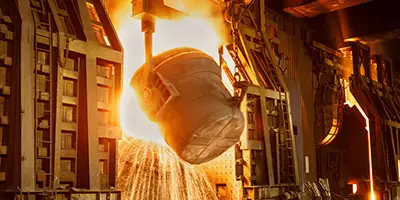
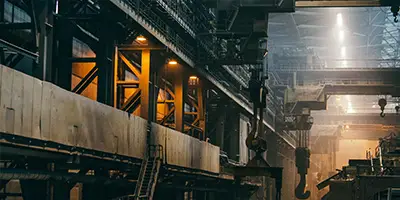

 Phone :
Phone :  Whatsapp :
Whatsapp :  Email :
Email : 


